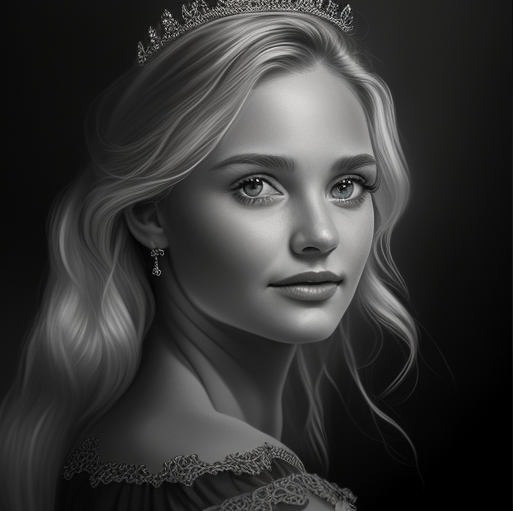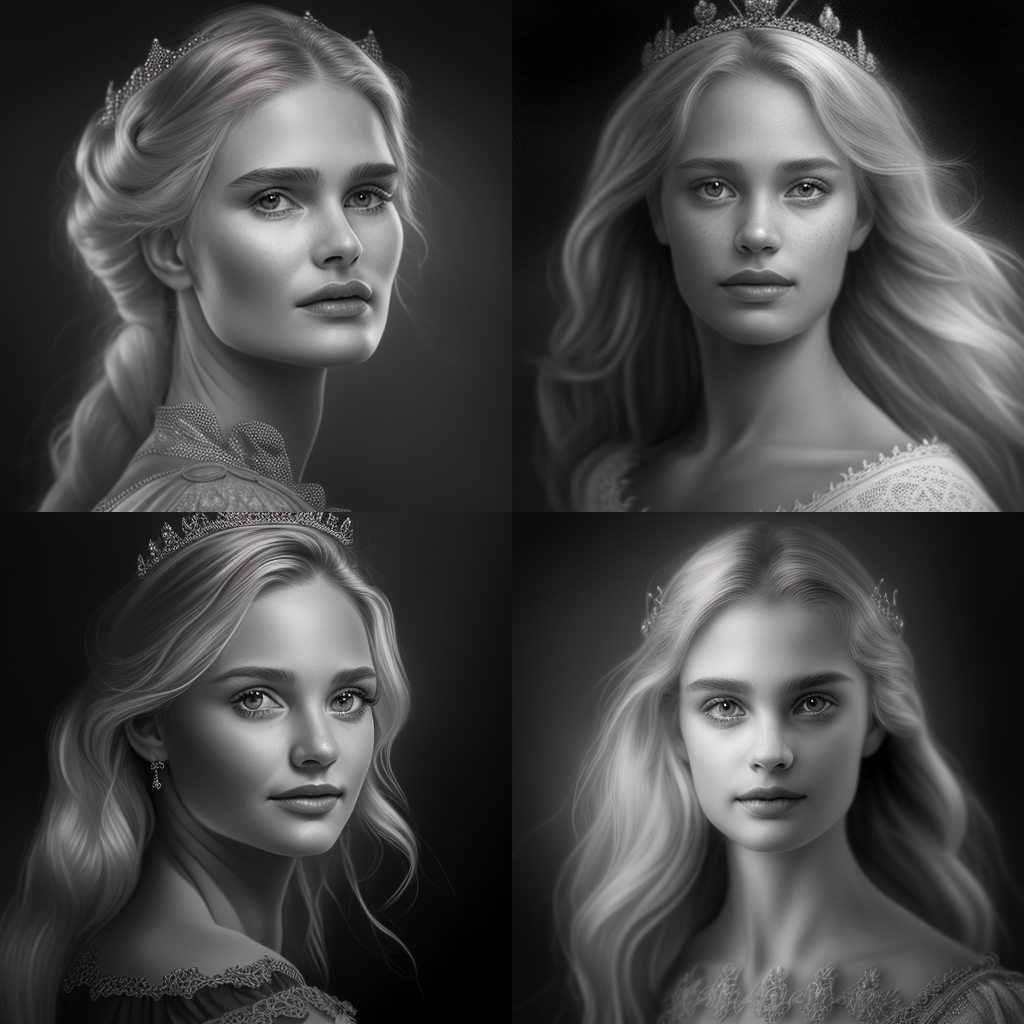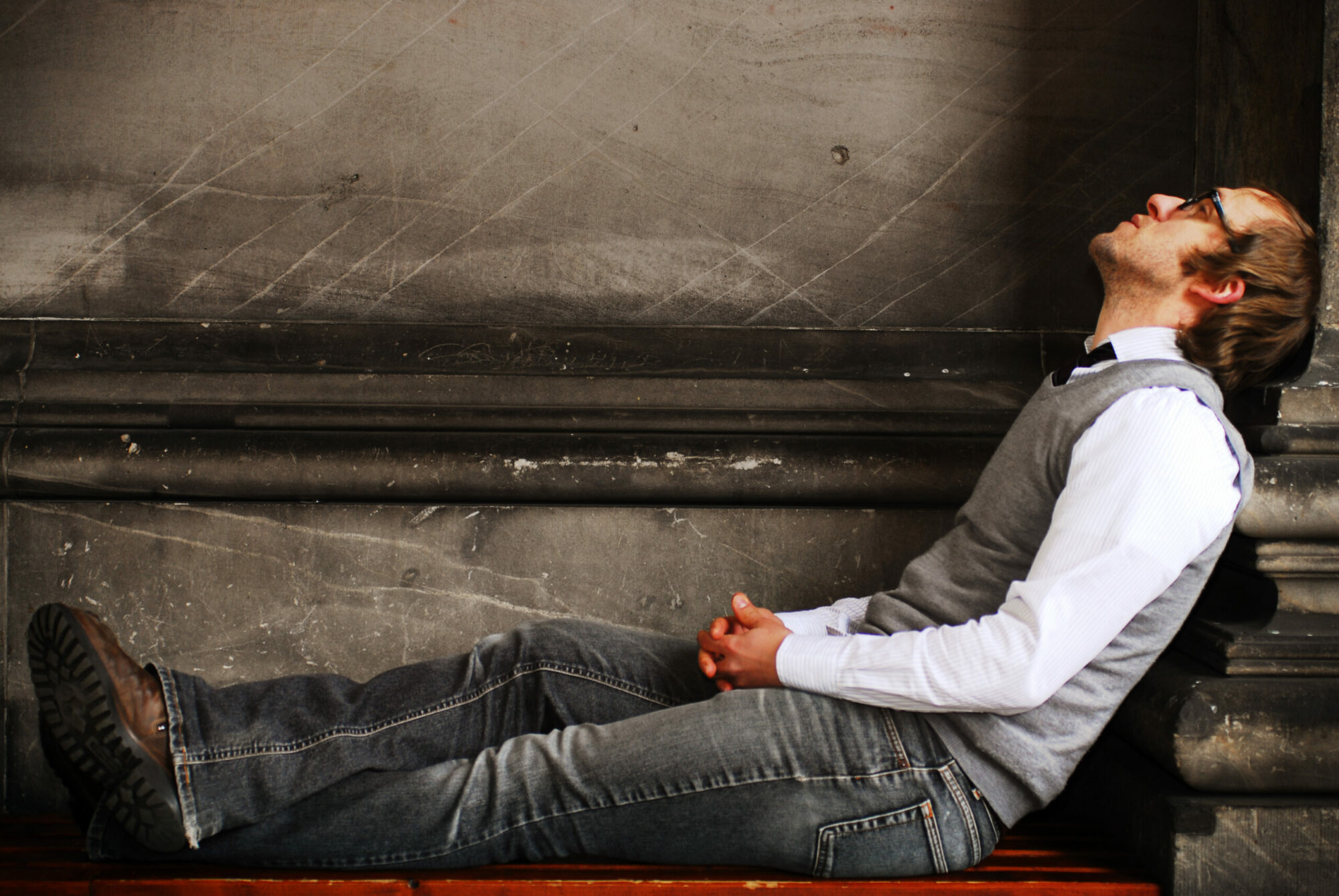
Light and shadow are essential elements in fine art photography, as they can be used to create depth, contrast, and atmosphere in a photograph. By manipulating the direction, intensity, and quality of light, a photographer can draw the viewer’s attention to specific parts of the image and convey a range of emotions and moods.
One way light and shadow can be used in fine art photography is to create depth. By using strong shadows, a photographer can create a sense of three-dimensionality in the image and make it feel more lifelike. This can be achieved through techniques such as backlighting, where the light source is placed behind the subject, or chiaroscuro, where the subject is lit from one side while the other side is in shadow.
Contrast is another important aspect of fine art photography, and it can be achieved through the use of light and shadow. By placing a bright light source next to a dark shadow, a photographer can create a high contrast image that draws the viewer’s attention to the point of contrast. This can be used to highlight specific details or create a sense of drama in the image.
Light and shadow can also be used to create atmosphere in a photograph. By using soft, diffuse light, a photographer can create a sense of tranquility and peacefulness in the image. On the other hand, harsh, directional light can create a sense of tension and drama. The quality of the light, whether it is warm or cool, can also affect the mood of the image.
In conclusion, light and shadow are essential elements in fine art photography, as they can be used to create depth, contrast, and atmosphere in an image. By manipulating the direction, intensity, and quality of light, a photographer can draw the viewer’s attention to specific parts of the image and convey a range of emotions and moods.

